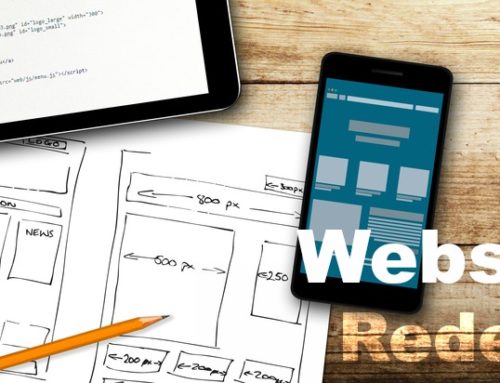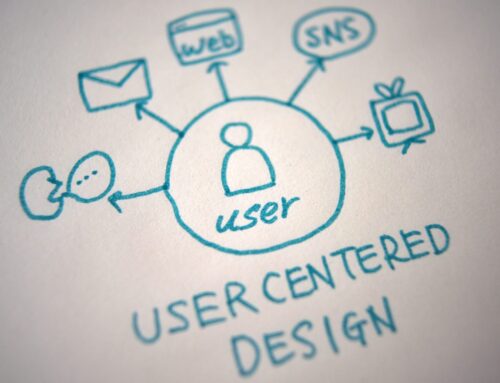Just like in real life, first impressions matter in the digital world, and they’re often shaped by the user interface (UI) design. The art of UI design encompasses more than just aesthetics; it’s about crafting user-friendly and engaging experiences. Whether you’re a web designer, developer, or just keen to delve into web design, this article delves into the core principles, current trends, and best practices that can elevate your understanding of UI design.
Understanding User Interface Design
What Is User Interface Design?
User Interface Design (UI) is the process of designing the visual elements, layout, and interactive features of a website, application, or software. It’s the bridge between the user and the digital product. UI design focuses on creating a seamless and intuitive user experience.
Core Principles
UI design is guided by several key principles, ensuring that digital products are both functional and visually appealing:
- Clarity and Simplicity
One of the fundamental principles is clarity. A clutter-free and straightforward design minimizes confusion and enhances user understanding. Simplify your interface elements, use concise language, and maintain an uncluttered layout.
- Consistency
Consistency is vital for user interface design. Users rely on consistent design patterns to navigate a website or app with ease. Use uniform colors, fonts, and button styles to create a cohesive user experience.
- Accessibility
Accessible UI design ensures that all users, including those with disabilities, can interact with your digital product. Following web accessibility guidelines, such as the Web Content Accessibility Guidelines (WCAG), is crucial to accommodate a diverse audience.
- Visual Hierarchy
Effective UI design relies on a well-defined visual hierarchy. It guides users through the content by emphasizing important elements. Use techniques like size, color, and contrast to establish a clear hierarchy.
- Feedback and Affordance
Providing feedback and clear affordances are essential. Users should receive immediate feedback when they interact with UI elements, such as buttons or forms. Visual cues like changing button colors or displaying progress bars inform users of their actions.
Current Trends in UI Design
Web design is an ever-evolving field, with trends that shape the digital landscape. Staying up to date with these trends is crucial for designers and businesses seeking to create modern and engaging user experiences.
- Minimalism
Minimalist design, characterized by simplicity, clean lines, and ample white space, continues to be a popular trend. Minimalism enhances readability and usability.
- Dark Mode
Dark mode interfaces reduce eye strain and conserve battery life on devices. Many applications and websites now offer a dark mode option for users.
- Microinteractions
Microinteractions are small animations or feedback mechanisms that enhance user engagement. They create a sense of interactivity and add a delightful touch to user experiences.
- Custom Illustrations
Custom illustrations and graphics are increasingly used to add a unique and personal touch to digital products. They can communicate brand personality and engage users.
Best Practices
While UI design offers creative freedom, adhering to best practices ensures that your designs are user-friendly and effective:
- Conduct User Research
Understanding your target audience’s preferences and behaviors is crucial. User research helps you design interfaces that resonate with users.
- Responsive Design
Ensure your UI is responsive, adapting to various screen sizes and devices. Responsive design guarantees a consistent experience for all users.
- Test and Iterate
User testing and iterative design are key to refining your UI. Gather feedback, analyze user behavior, and make necessary improvements.
Frequently-Asked Questions
Q1: What tools are commonly used for UI design?
Common tools include Adobe XD, Figma, Sketch, and InVision.
Q2: How does UI design differ from UX (User Experience) design?
UI design focuses on the visual and interactive aspects of a product, while UX design encompasses the overall user experience, including research, usability, and user journey mapping.
Q3: Role in brand identity?
UI design plays a significant role in conveying a brand’s visual identity. Consistent design elements can strengthen brand recognition.
User Interface Design is a dynamic and vital component of digital product development. By understanding the principles, keeping up with trends, and following best practices, you can create interfaces that captivate users and enhance their digital experiences.
Ready to transform your digital product’s design? Contact T.E. Digital to explore our expert web design services.






Leave A Comment